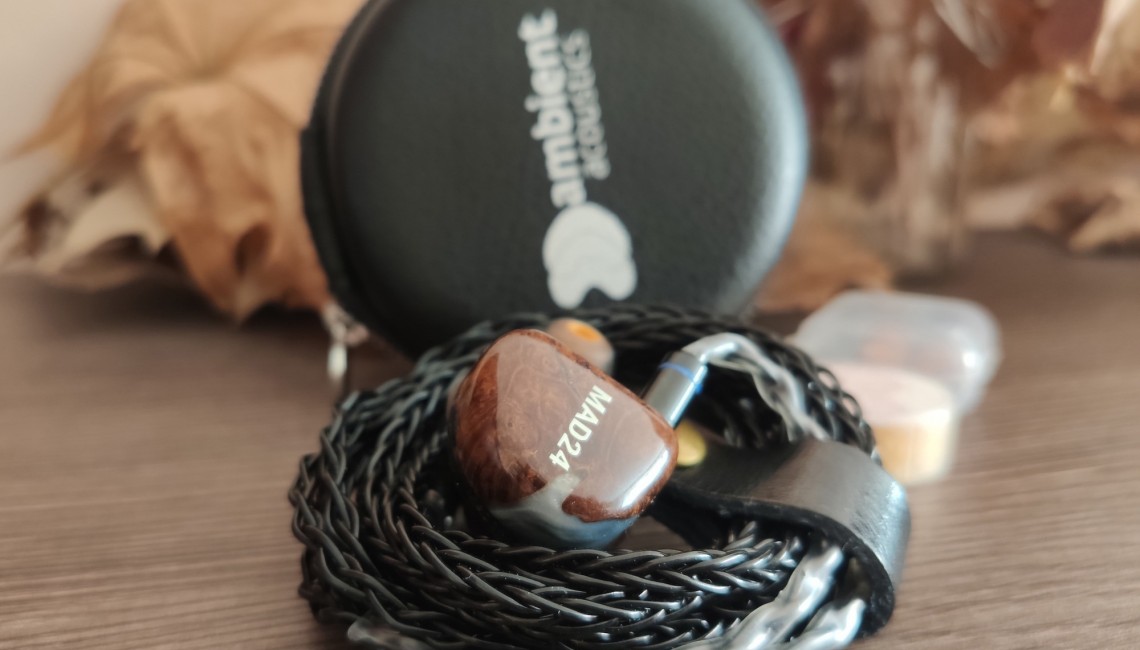
First that I’ve paid attention to is a mature and full sound with good positioning of instruments. Everything sounds whole, with good macro details and musicality but with great amount of nuances and without usually present slowness peculiar to multi-driver models. Frequency range shows from 10Hz to 22kHz and it is the case when given the sound quality you believe them.
Of course, the sound of custom version can be different from universal one, but the sound signature is the same — full and mature. Firstly it seems that lows prevail, but in fact the IEMs are rather flat and do not have abundant accent on anything. Also they do not make any part of frequency range smooth.So, the lows. They are well defined. If the bass needs to be slammy and monumental, it will be so. You can’t even say that the IEMs have armature drivers for lows, since their sound has needed thickness and mass. Also lows have usual for armatures control and speed. This however doesn’t mean that they are dry or overly thick. Lows have needed emotions and textures. Due to good dynamic range the sound is very natural both for timbre-rich instrument and generally for range. The slams are distinctive and shapy and full of variations.
The same can be told about mids. They are clean, but not smoothed. The sound is distinctive and you can easily hear the shape of separate instruments, while good level of details and dynamic range allow to make all instruments sound natural. The sound is not totally neutral though and has some warmth, tends to be whole. This transmits composer’s thoughts well. Male vocals do not prevail on female, they sound distinctive and convincing as soon as you have a good match with source, of course.
Highs are lengthy enough. Most of IEMs have a decrease after 10-11 kHz, but not these. They really have good length on highs, as well as good level of details, control and speed, but not forgetting about fullness of the frequency range. They won’t forgive bad recordings but won’t sound too harsh at the same time. The balance is good and they have enough speed for attacks as well as neatness of realistic and natural decays. Due to good length the parties of timbre rich instruments sound really well.
The soundstage of which the manufacturer speaks is really good. It is built with attention to composition, with good separation and interaction of layers and instruments. The latter have enough air between them for being open sounding, but positioning is what really draws attention. It’s not 100% ideal, but very close to that. Of course, MAD24 pay much attention to composition without tending to enforce their own presentation. The width and depth are close to maximum within form-factor.
And of course let’s speak about disadvantages, that are scarce here though. All of them can be fixed with cable rolling. The sound tends to be whole. On the one hand it provides saturation without any gaps and hollowness, but on the other — the size of instruments is overemphasized slightly and I’d like to see even more space between them. Especially it can be said about lows — the IEMs can be perceived as thick and bassy, but in reality there is no extra warmth. The same goes for instrument shape — it’s slightly smoothed but and not convincing. The background could be blacker too, however usually it’s the fault of recording and source, but IEMs add to this as well. The soundstage has it’s boundaries. It’s good in width, but it’s something to note, since you sometimes hear that because of good depth and increased instrument size. I will also underline that those nuances are not very notable but you demand exceptional quality form IEMs of such caliber.
Of course, you would want to listen to quality recording on those, however they are not overly critical. Due to good level of details they separate nuances of recordings from compression artifacts and other things that distract you from enjoying music. Of course the recording problems will be there, but they won’t prevent you from enjoying not so good recordings.
When we are speaking about source matching, it’s necessary to say about rather low impedance — 8.5 Ohm. The sensitivity is 112dB. This translates to enough sensitivity to play from practically everything but not overly so, and they do not collect hiss. So, they are not as sensitive as Campfire Audio, but at the same time not so hard to drive as Dita Dream.
Cable rolling might be your friend here. Apart from that we have great custom IEMs that are technological and very well sounding.
--------------- Click here for detailed post ---------------


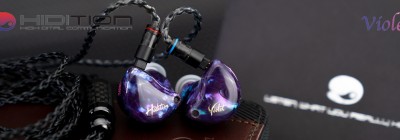

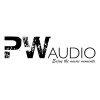

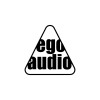





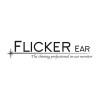
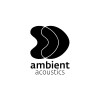


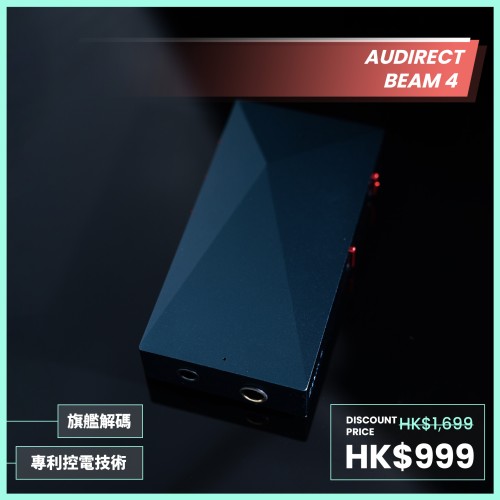
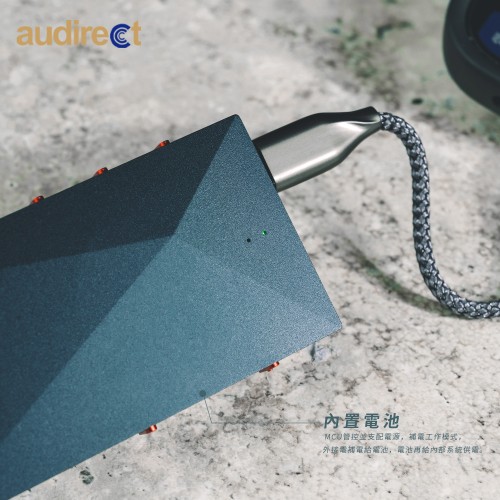
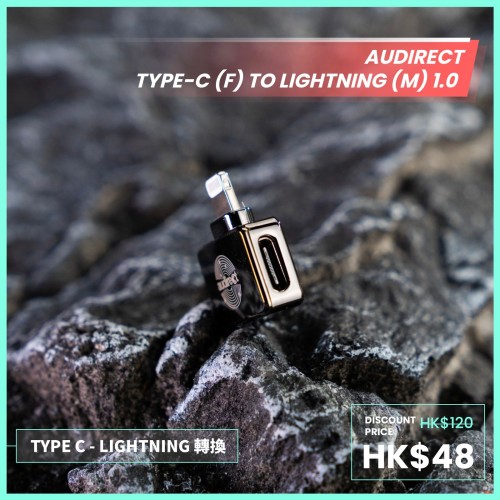
-500x500w.jpeg)
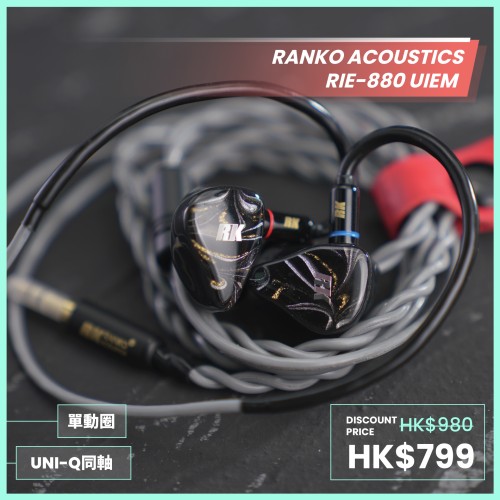



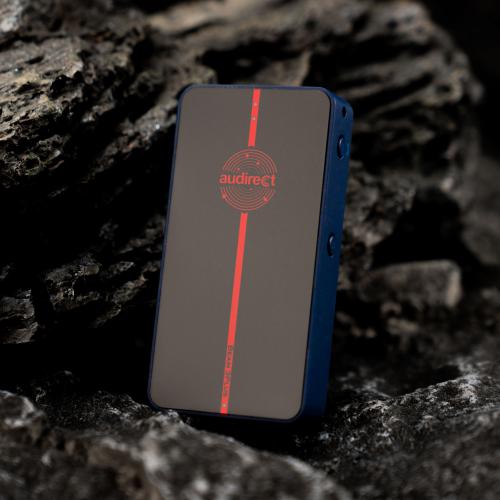
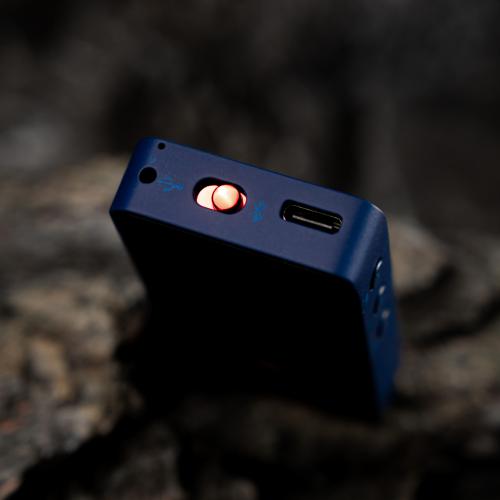
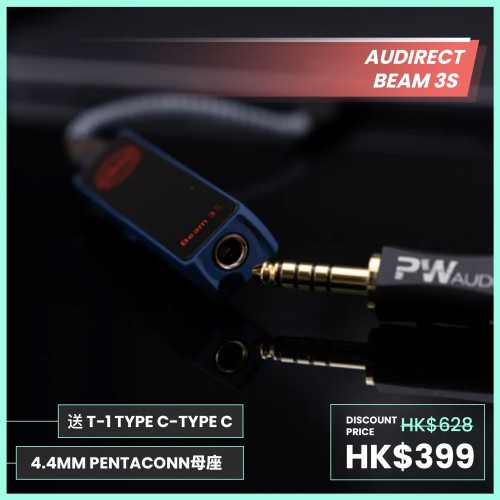
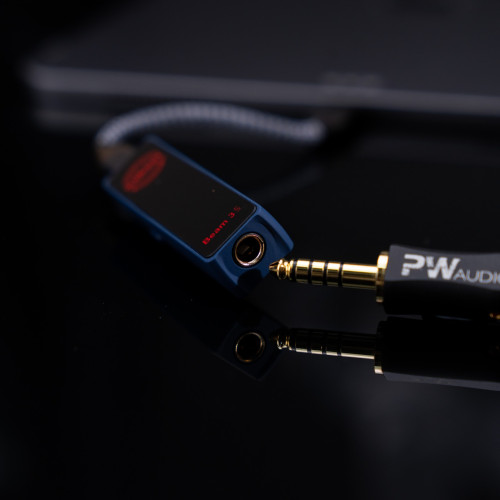
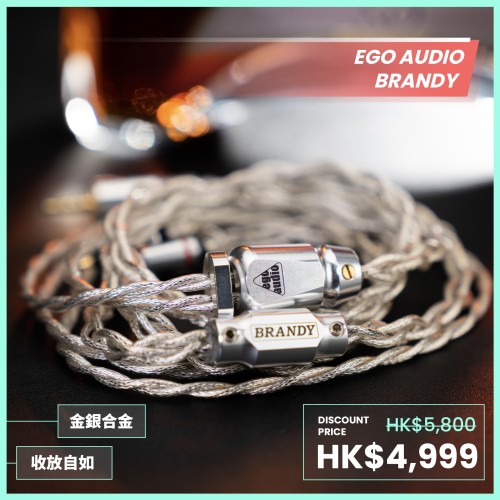

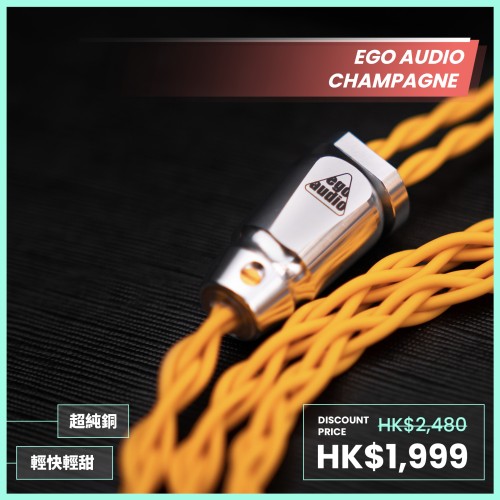

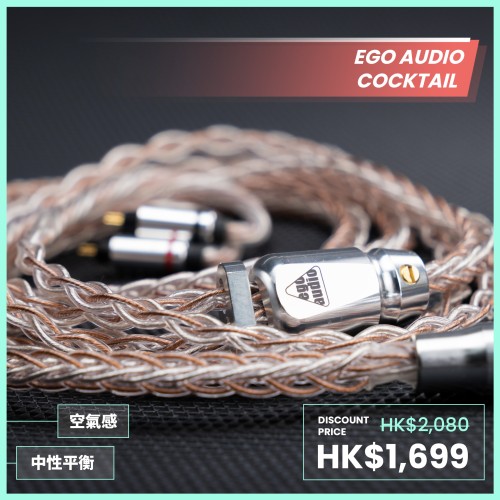



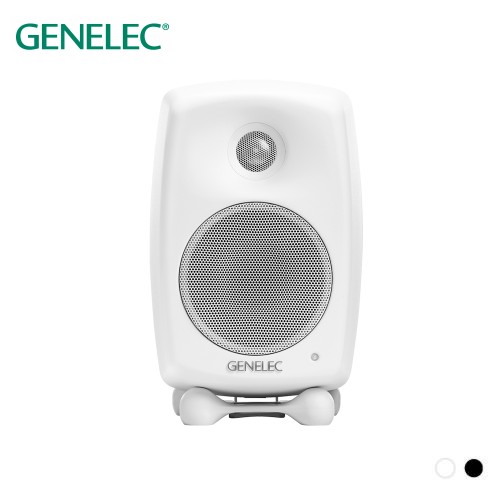
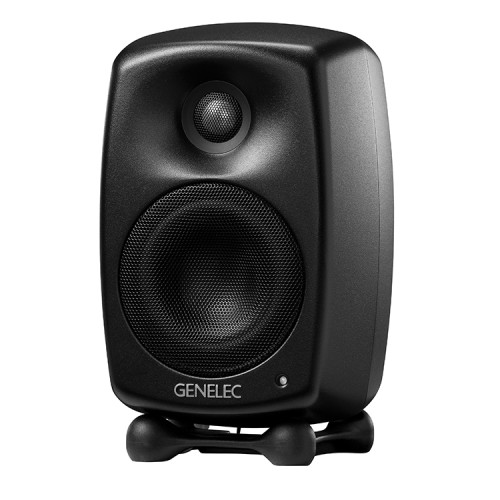
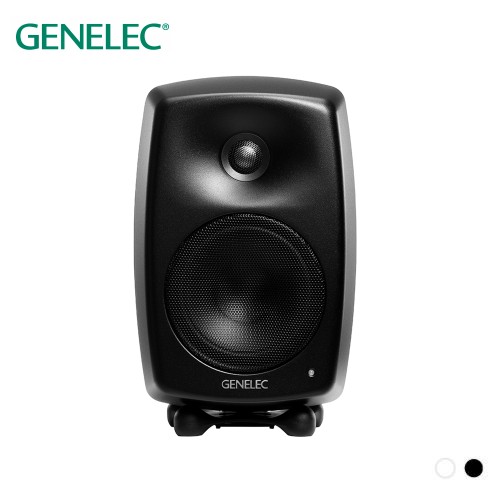
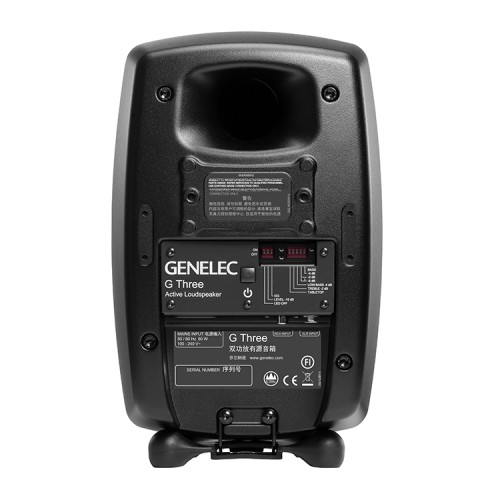
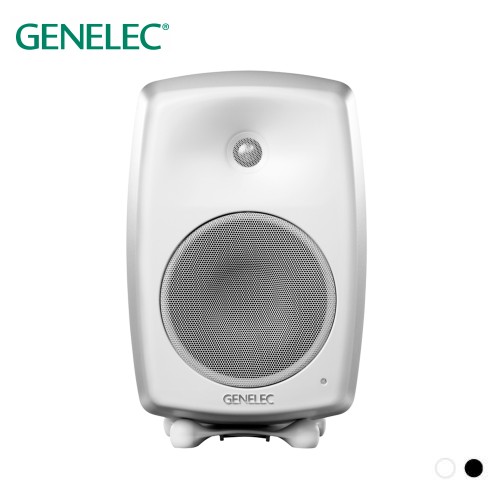
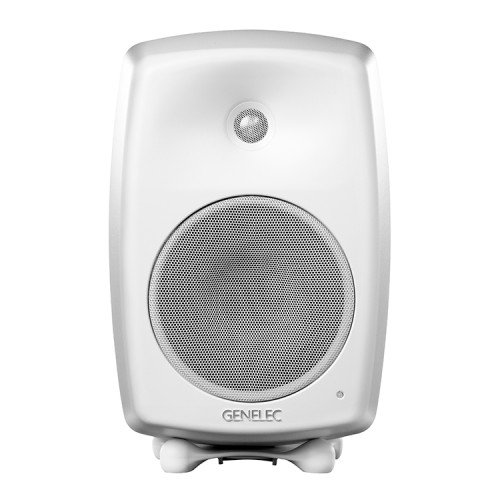
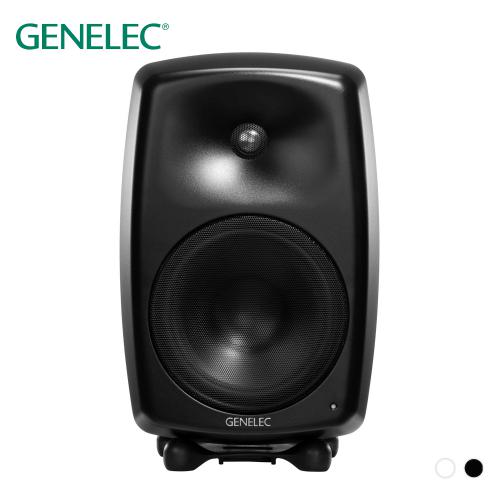
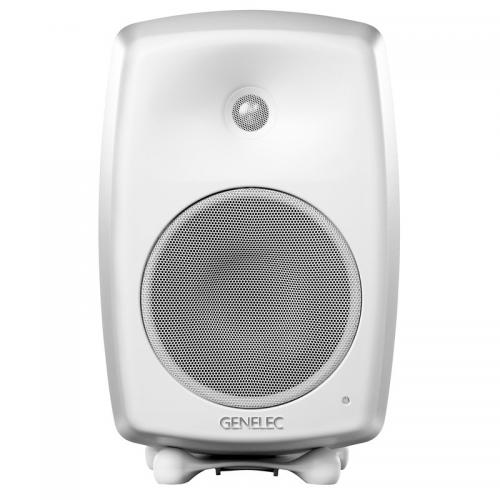
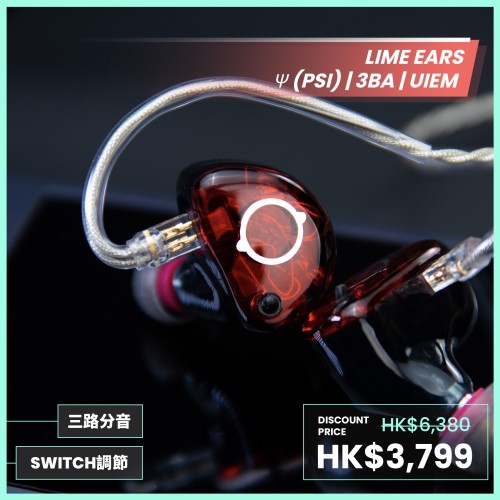


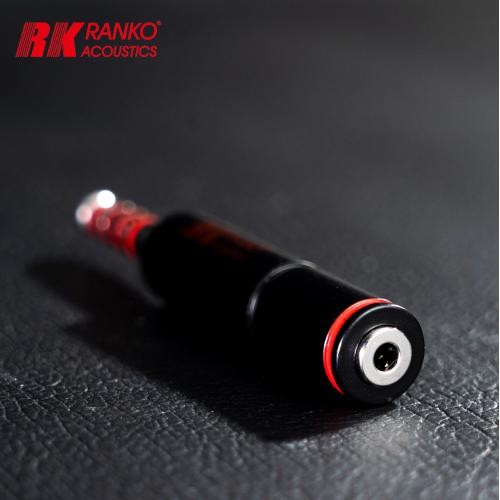

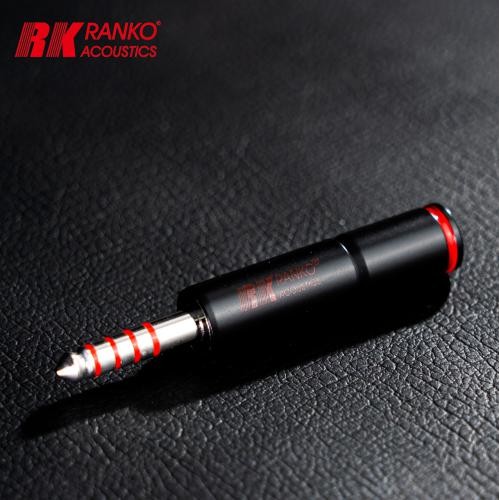

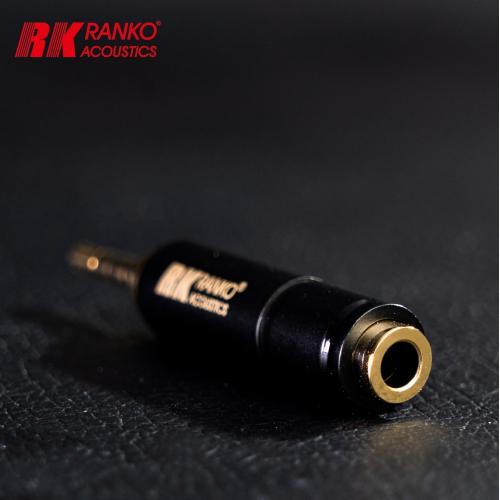
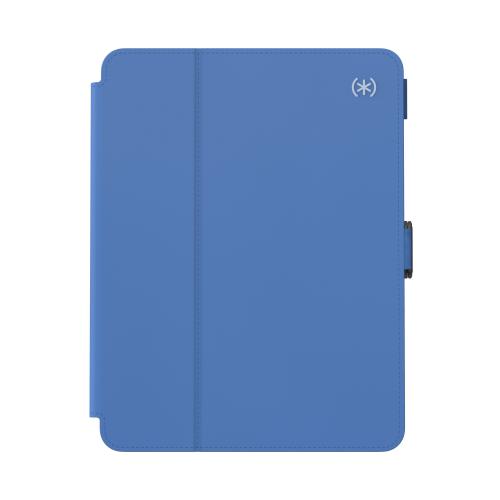
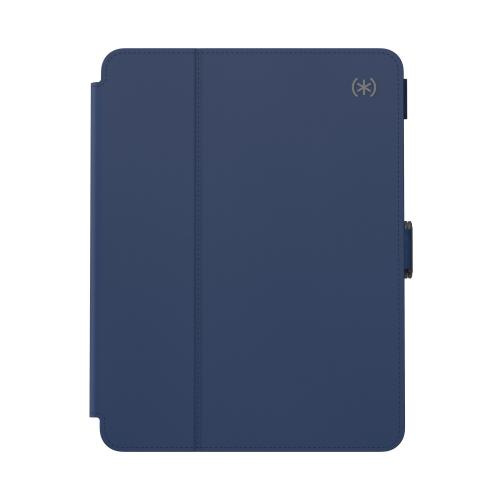


Leave a Comment